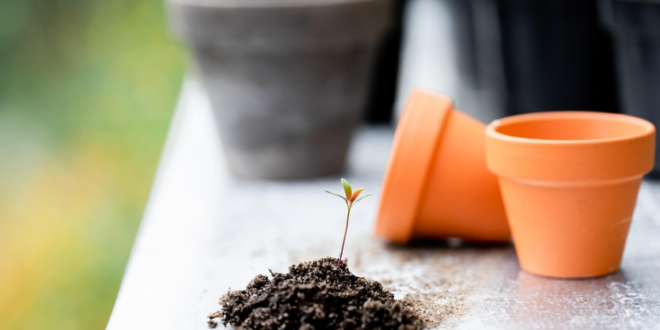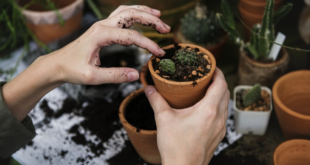As the days get longer and the chill of winter fades, spring brings a welcome burst of life—and the perfect opportunity to get your garden blooming again. Whether you’re a seasoned green thumb or just getting started, spring is the most important season to prep, plant, and plan. Here are the best gardening tips to make your spring garden thrive!
1. Clean Up the Garden Beds
Start by removing dead leaves, fallen branches, and any lingering debris from winter. Clear out weeds and old mulch to give your plants a fresh start. Be gentle around perennials that may just be emerging—new growth can be easy to miss.
2. Test and Enrich Your Soil
Healthy soil is the foundation of a successful garden. Test your soil’s pH and nutrient levels with a simple home testing kit. Then enrich it with compost, organic matter, or well-rotted manure to give your plants the nutrition they need.
3. Prune with Purpose
Early spring is the perfect time to prune certain plants and shrubs, especially those that bloom on new growth like roses or hydrangeas. Just be sure to avoid pruning anything that flowers in early spring—like lilacs or forsythia—until after they bloom.
4. Divide and Conquer
If your garden has established perennials that have grown too big for their space, spring is a great time to divide them. Not only does it prevent overcrowding, but it also gives you more plants to spread around—or share with friends!
5. Start Planting (But Time It Right)
Cool-season vegetables like lettuce, spinach, radishes, peas, and broccoli can be planted early in spring. Wait until the danger of frost has passed to plant warm-season crops like tomatoes, peppers, and cucumbers. When in doubt, check your local frost dates.
6. Mulch Matters
Once the soil warms up, add a layer of mulch around your plants to lock in moisture, suppress weeds, and regulate temperature. Organic mulch like bark, straw, or shredded leaves is both eco-friendly and effective.
7. Plan for Pollinators
Invite bees, butterflies, and other pollinators by planting nectar-rich flowers like lavender, echinacea, and bee balm. Native plants are especially great for local wildlife and require less maintenance overall.
8. Water Wisely
Spring weather can be unpredictable, but young plants and seedlings still need consistent moisture. Water early in the morning to reduce evaporation and help prevent disease. Be sure not to overwater—soggy roots are a common spring problem.
9. Stay on Top of Weeds
Weeds love spring just as much as your garden plants do. Pull them early and often, before they go to seed. Mulching and dense planting can also help reduce weed growth naturally.
10. Add a Personal Touch
Spring is the perfect time to refresh your garden’s style. Add new planters, garden art, or a cozy bench. Try mixing colors, textures, and heights to keep things visually interesting. Your garden should be a space you love spending time in.
Spring is a season of renewal, growth, and endless possibilities in the garden. With a little care and planning, you’ll set the stage for a stunning and productive year. So grab your gloves, breathe in that fresh earth, and let the gardening season begin!
 Gardeners Club The Gardeners Club is a free to join online club for everyone with an interest in gardening and gardens.
Gardeners Club The Gardeners Club is a free to join online club for everyone with an interest in gardening and gardens.






